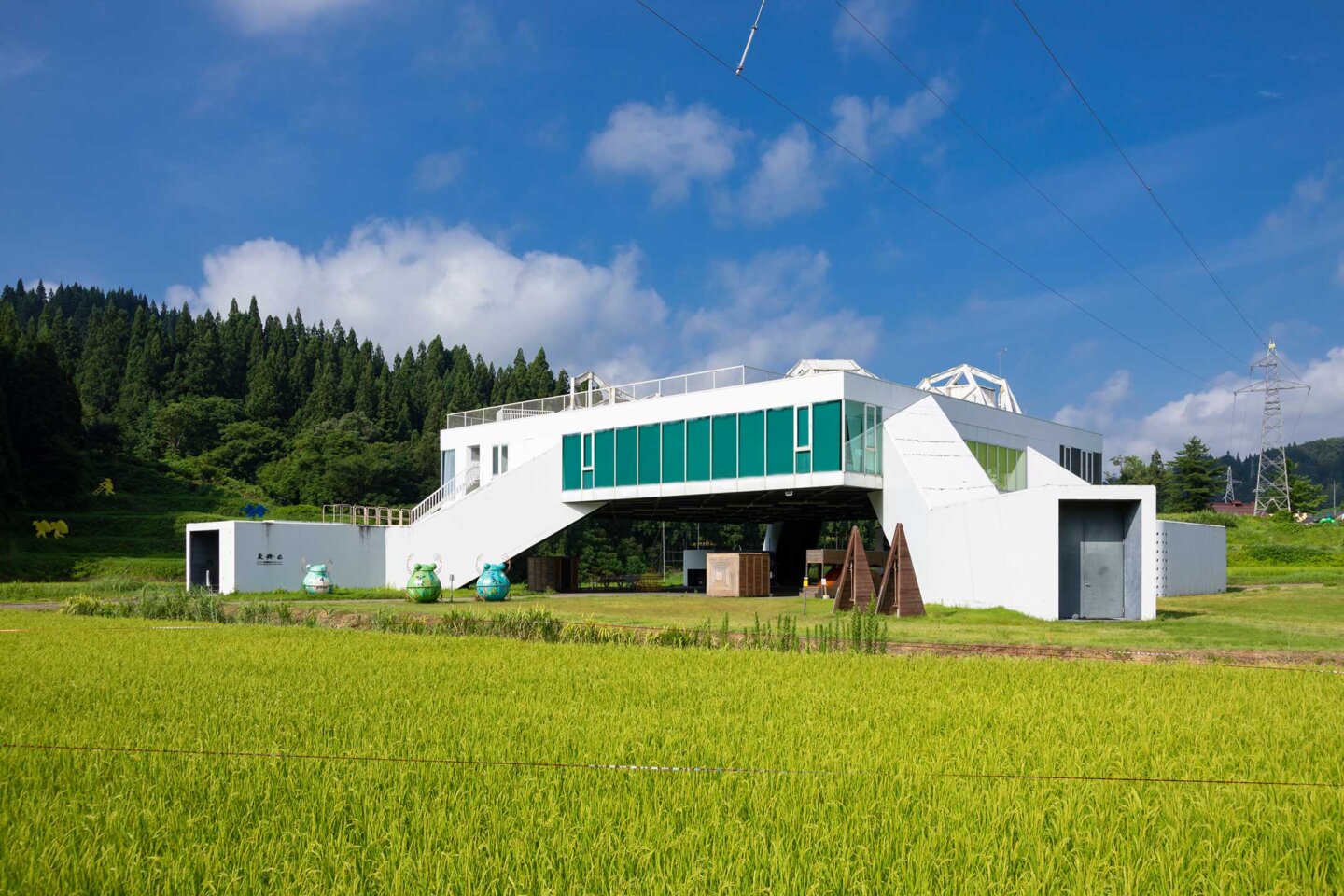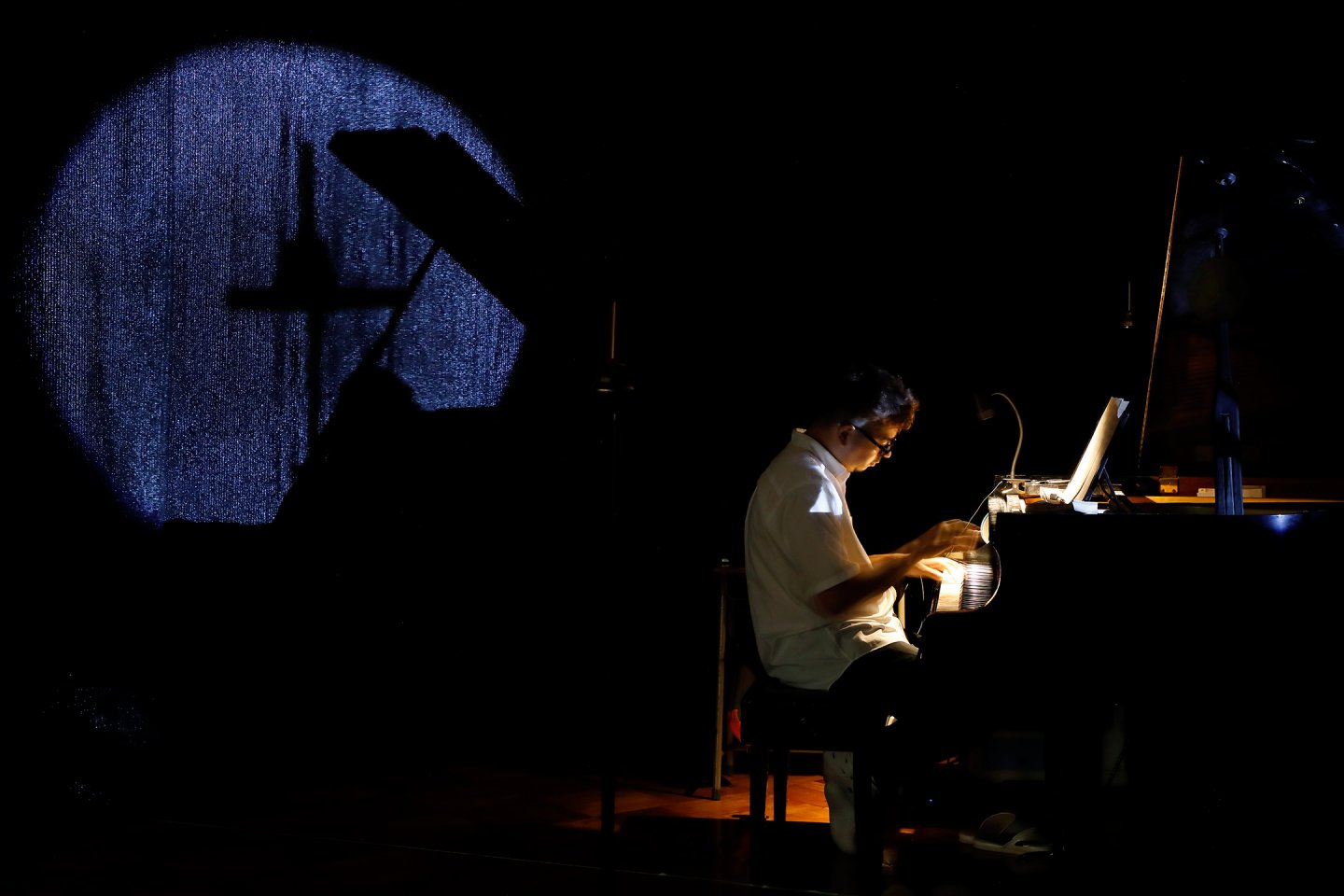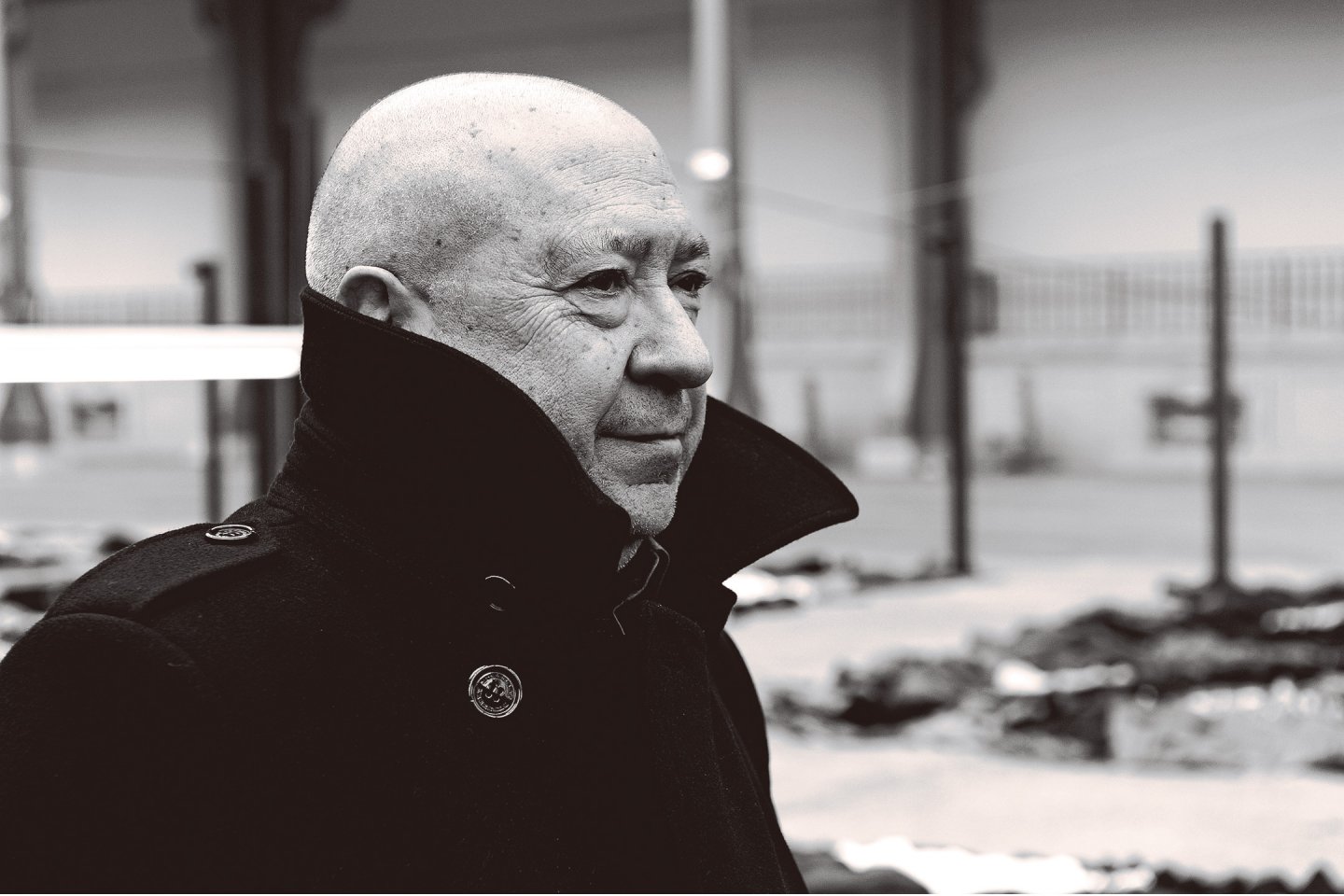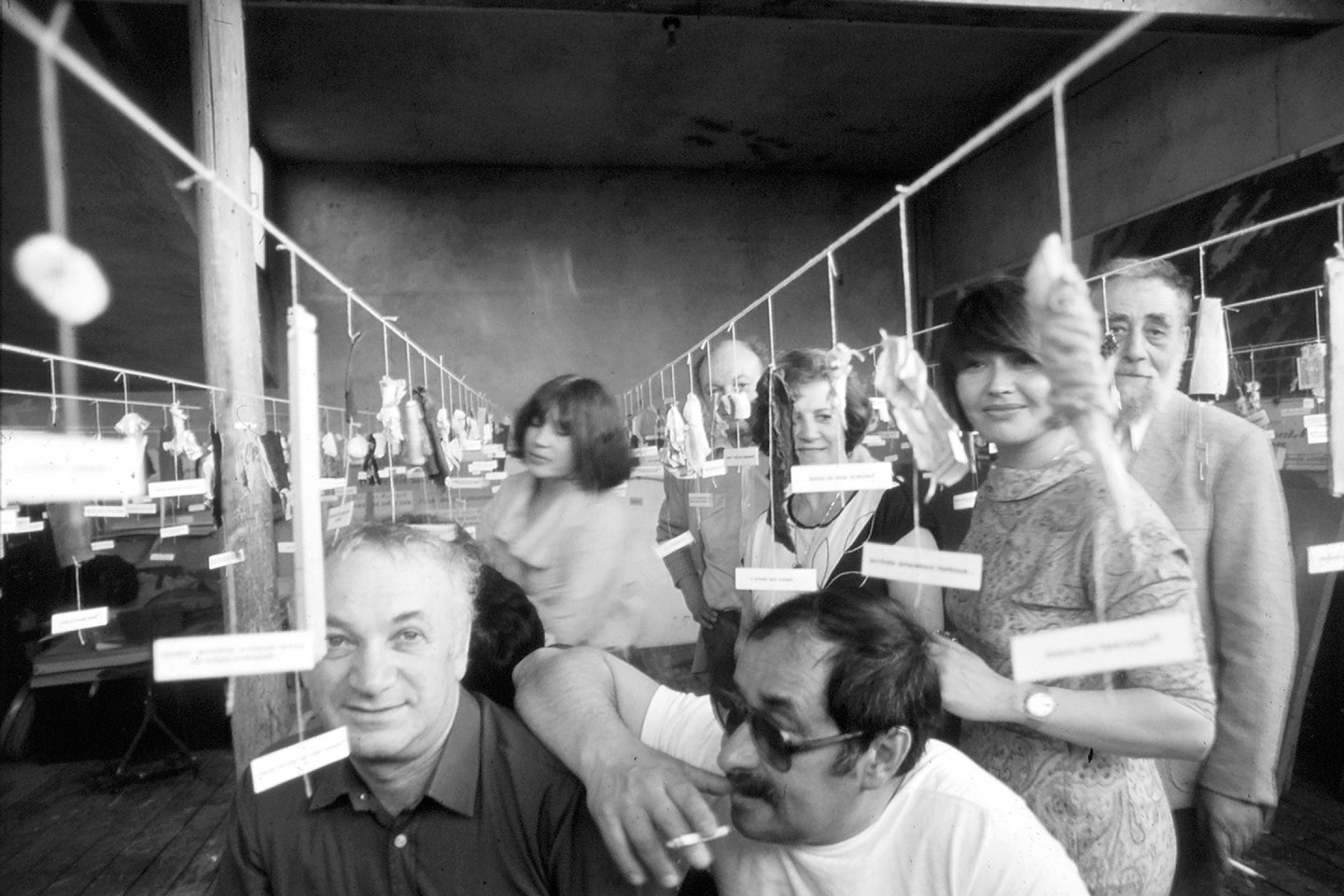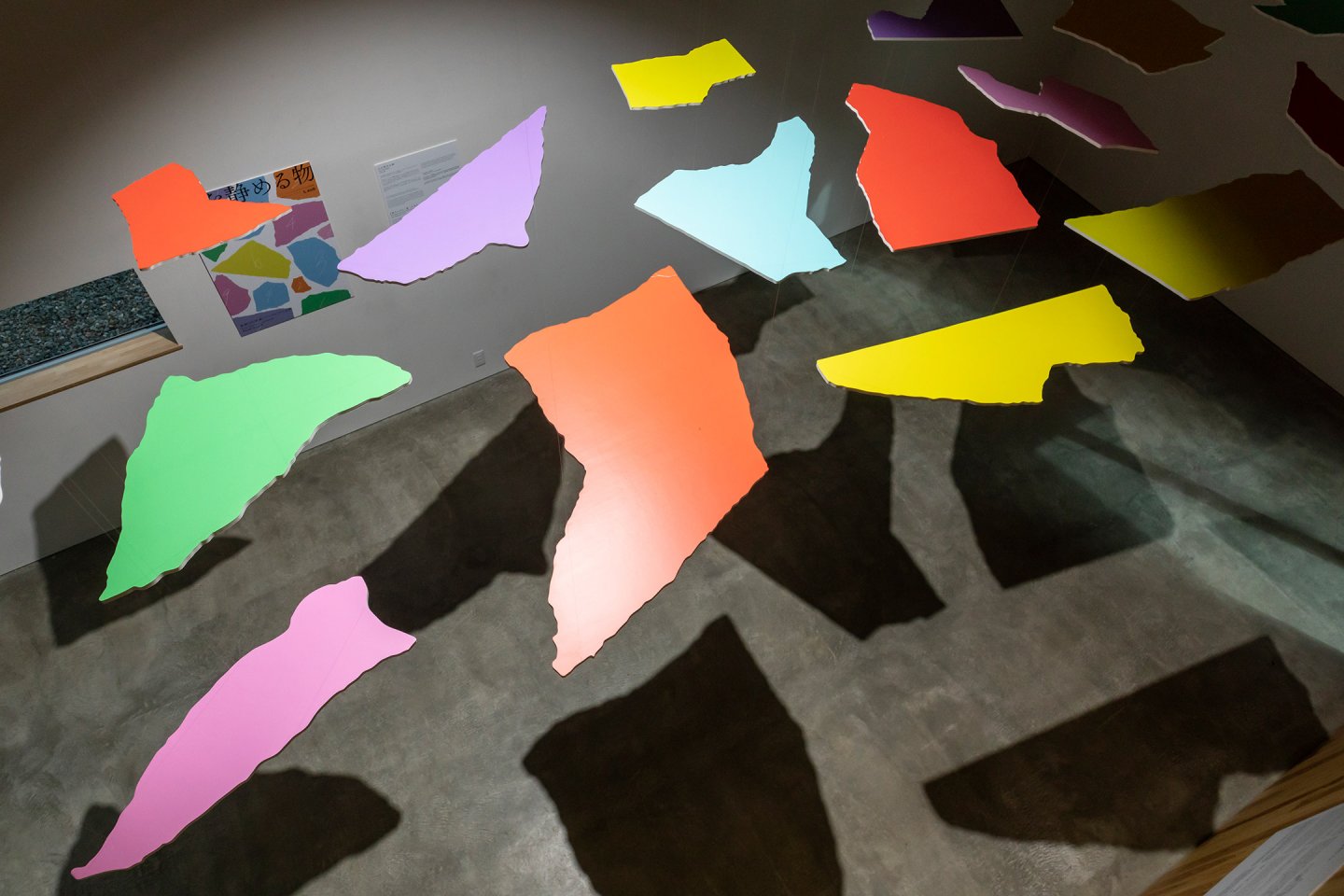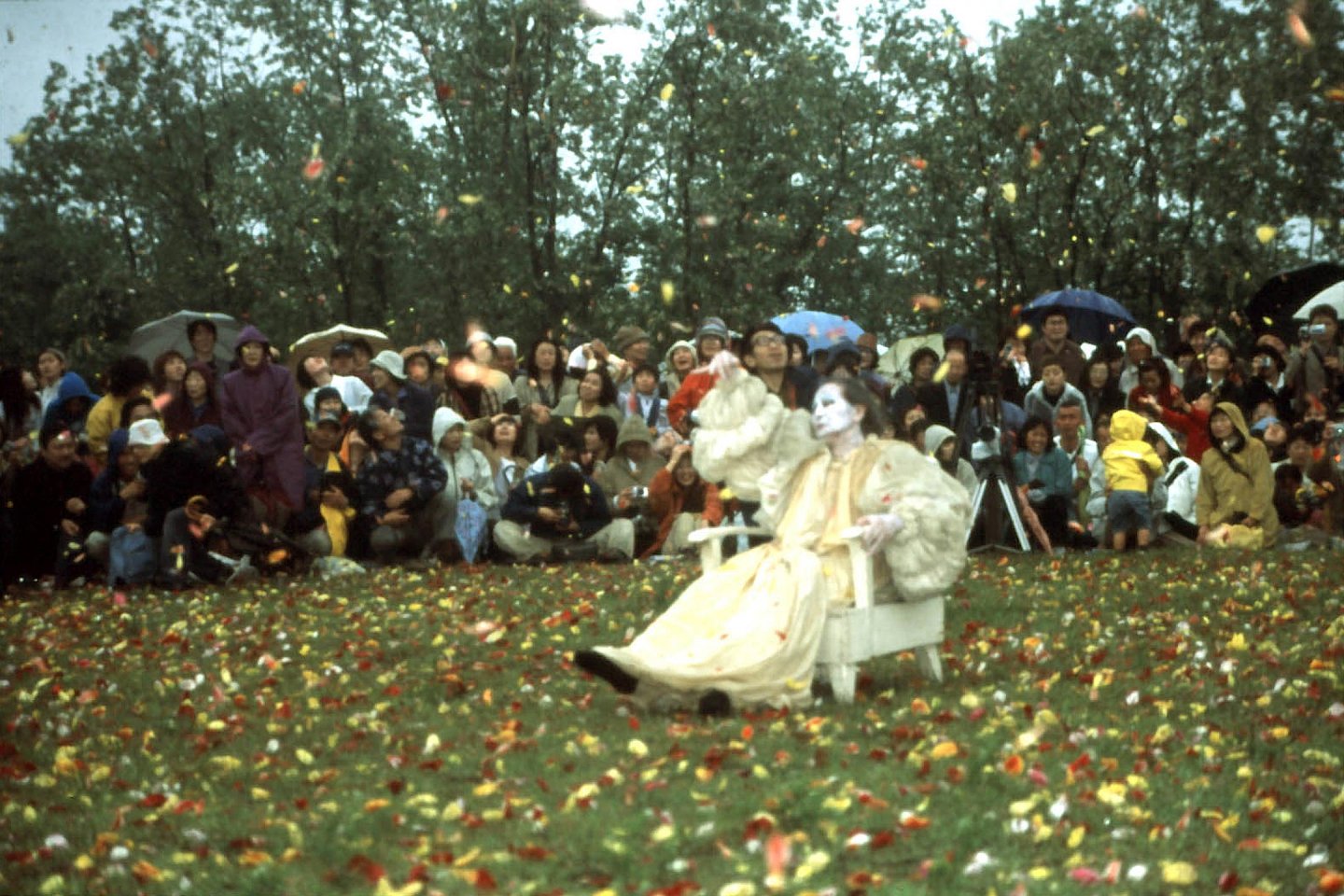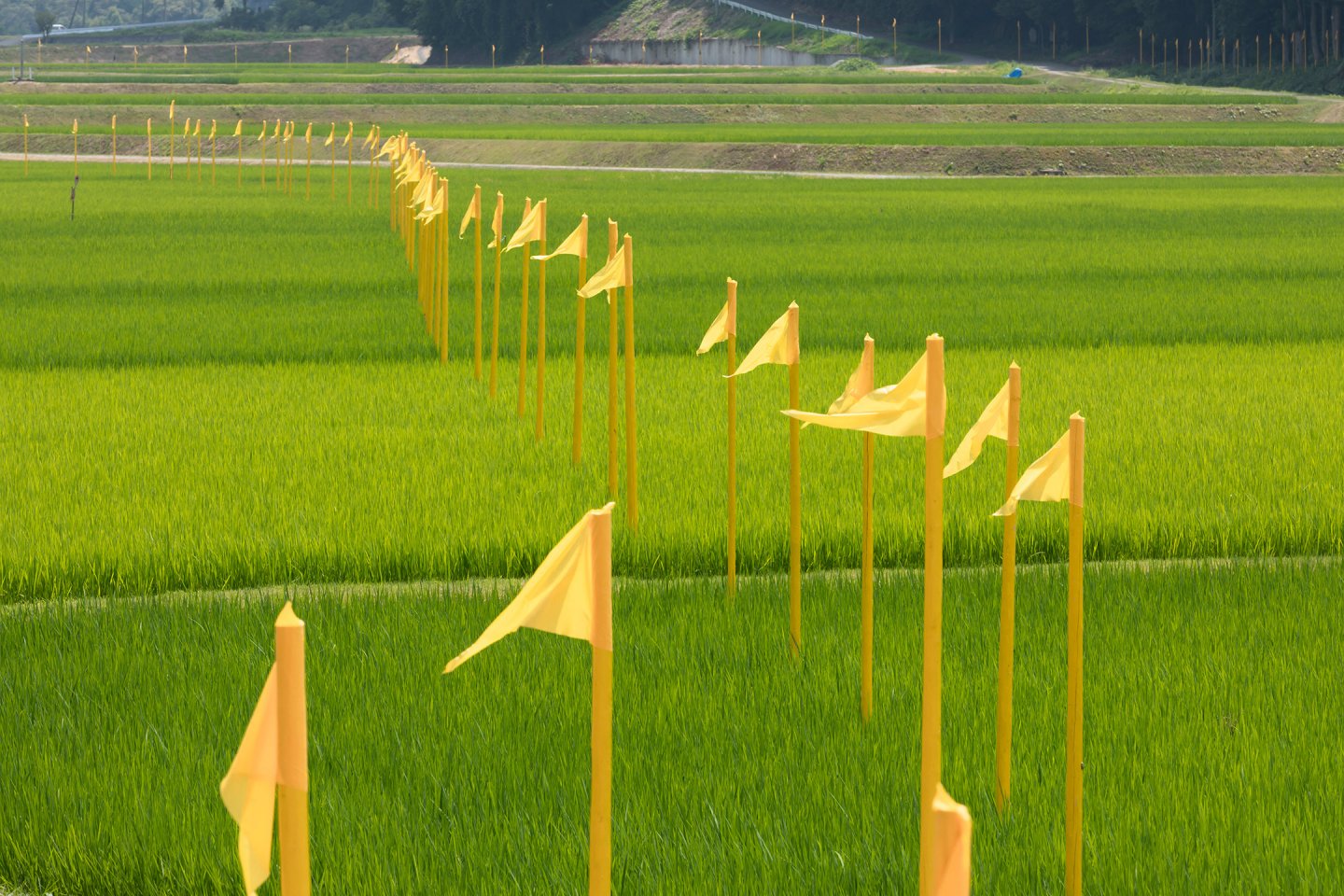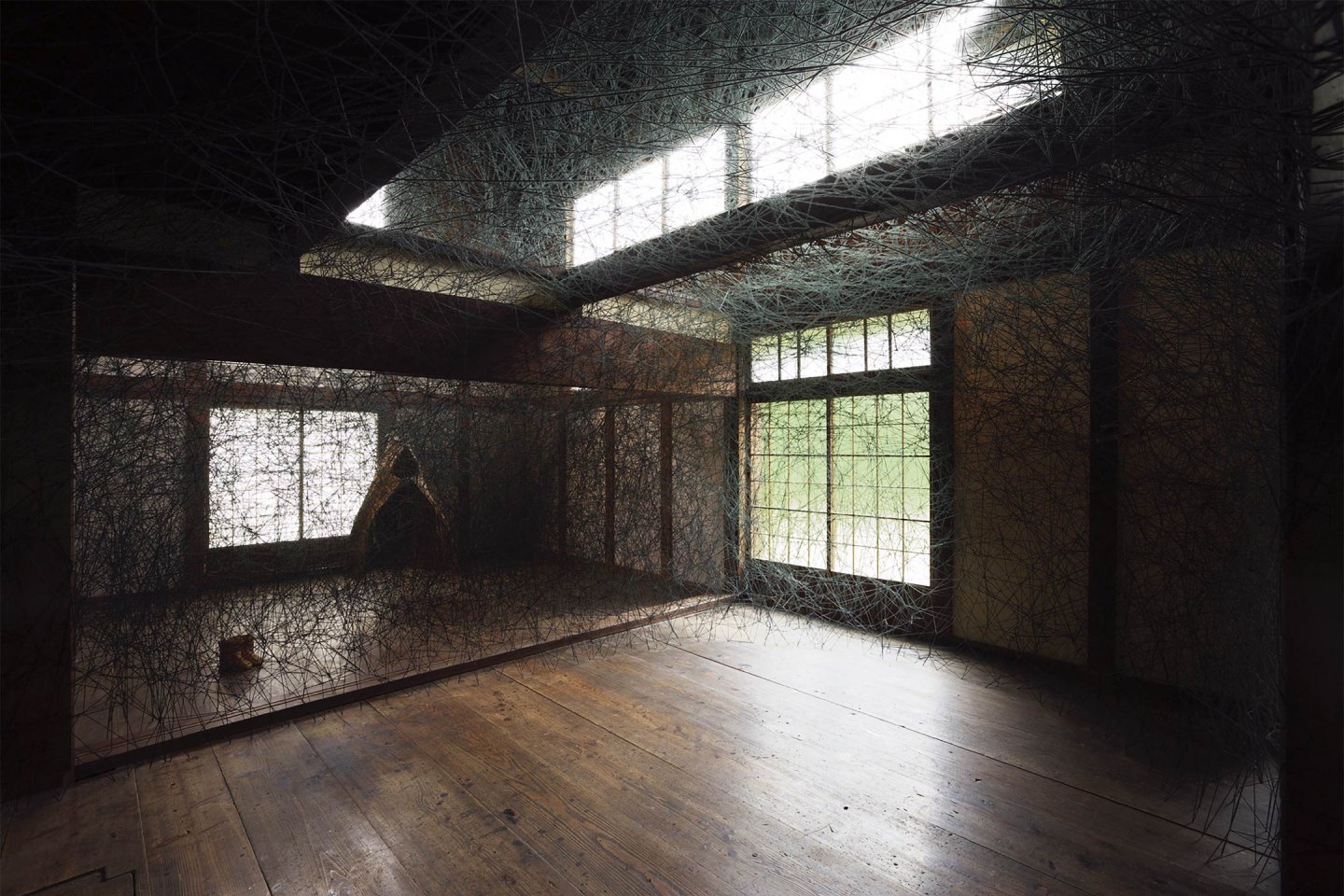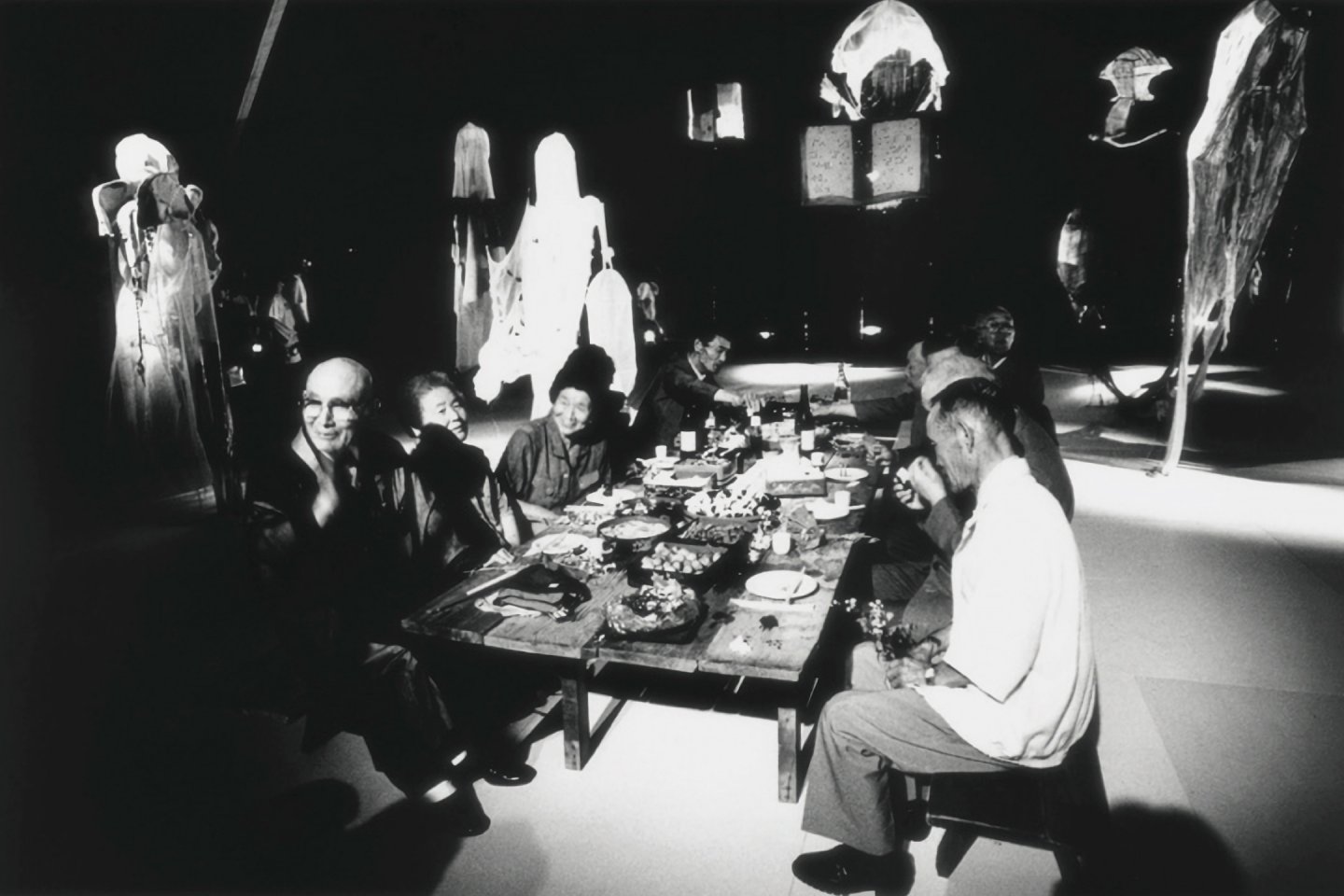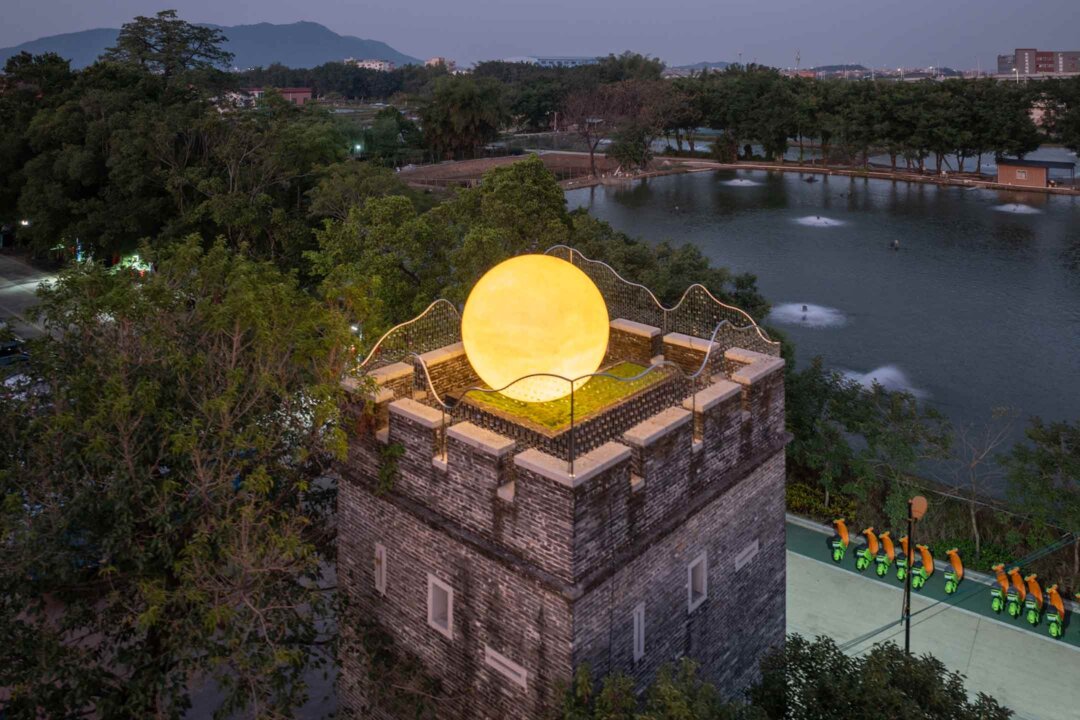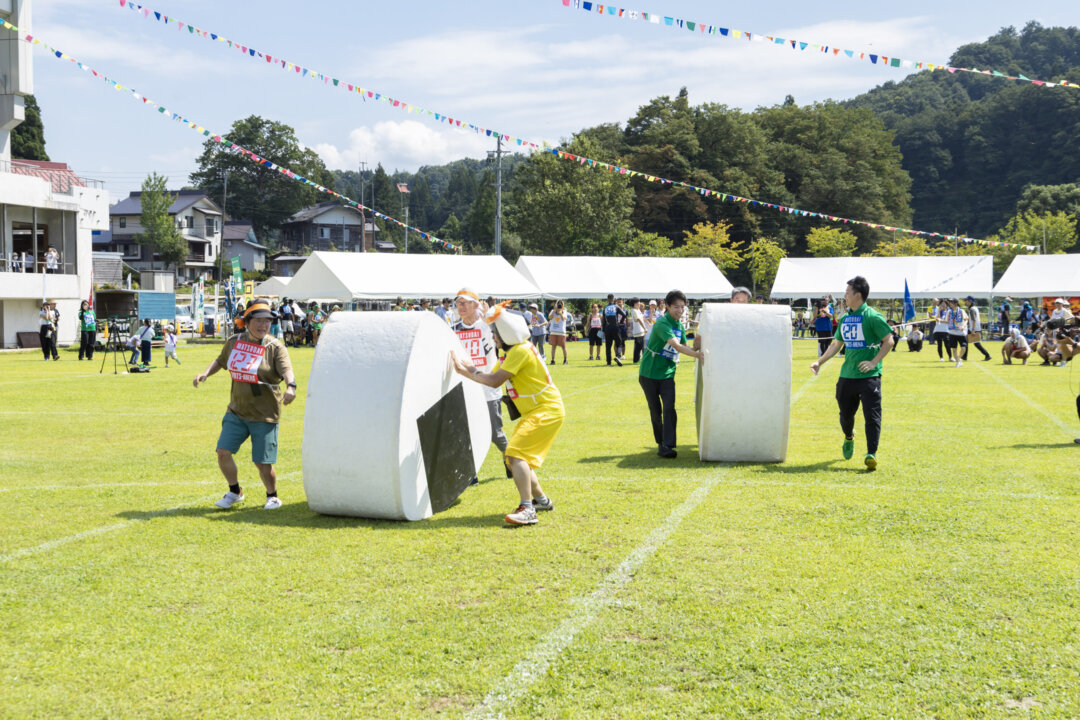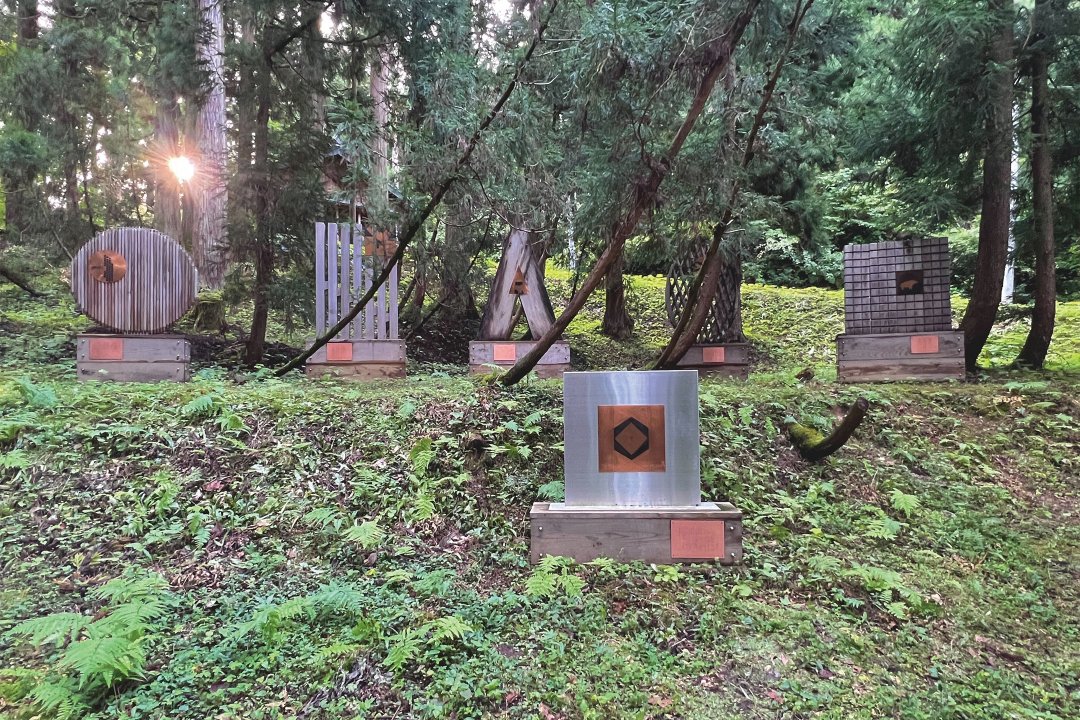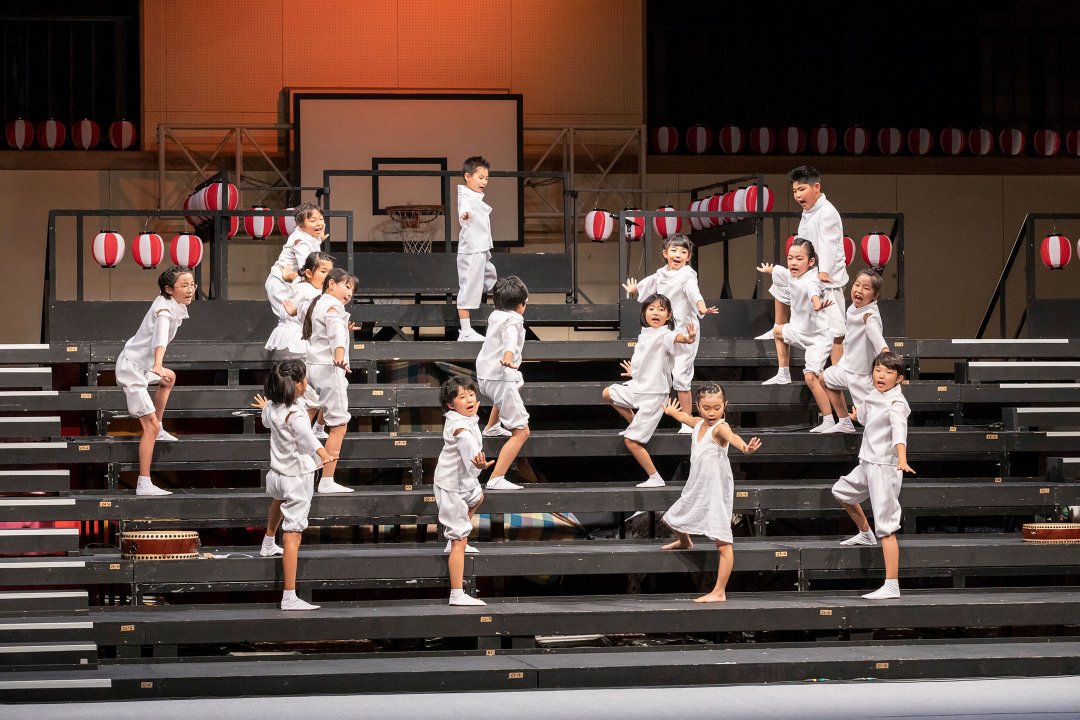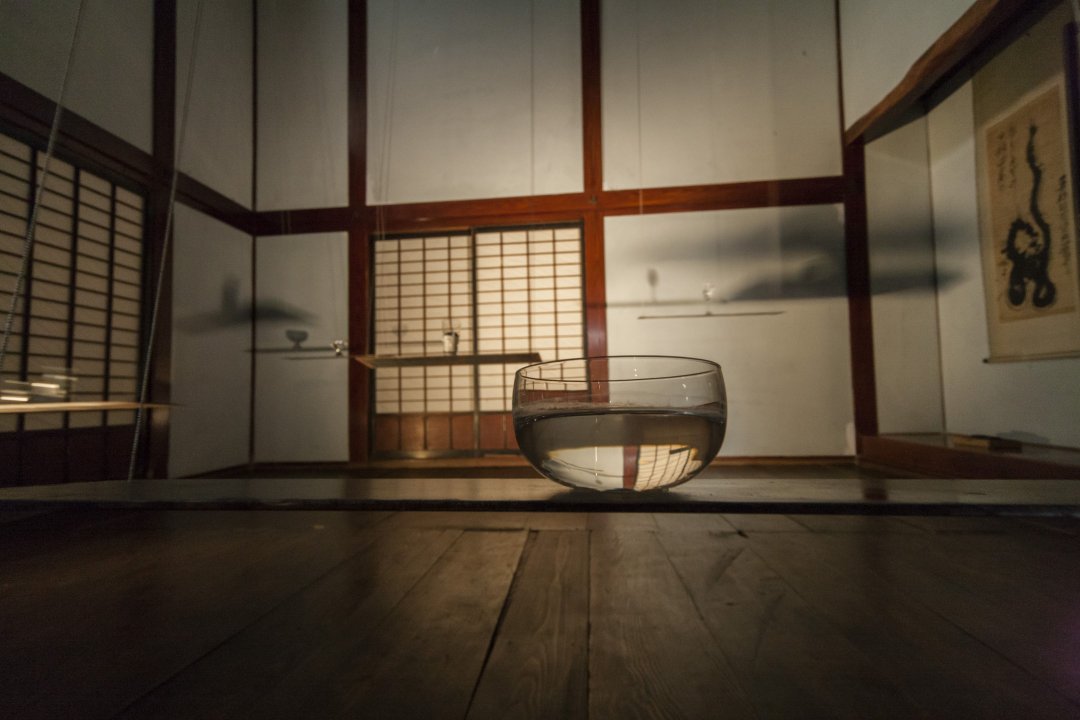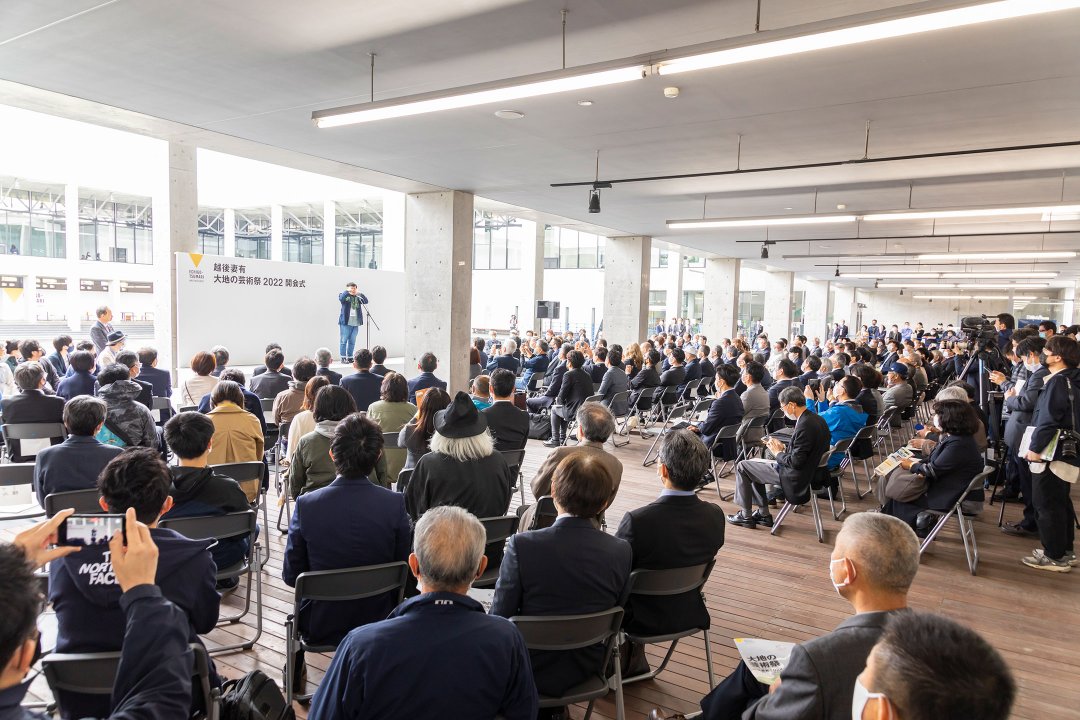Thinking 21st century art in the world from Niigata
Echigo-Tsumari Art Field - Official Web Magazine
Artwork / Mierle Laderman Ukeles
“Snow Workers’ Ballet”(2003 / 2012)
“Snow Workers’ Ballet” by Mierle Laderman Ukeles re-staged in 2012 (Photo by Osamu Nakamura)
Artwork / Mierle Laderman Ukeles
“Snow Workers’ Ballet”(2003 / 2012)

“Snow Workers’ Ballet” by Mierle Laderman Ukeles re-staged in 2012 (Photo by Osamu Nakamura)
Bringing “snowploughs”, heroes of the snow country, to the spotlight in summer. A snowplough dance performance.
Text and edit by UCHIDA Shinichi / Edit by KAWAURA Kei (CINRA.NET editorial team) / Photo by TOYOSHIMA Nozomu / Translated by Miwa Worrall
19 December 2019
The day when rugged snowploughs and their operators transformed into a dance company.
Echigo-Tsumari is one of the regions in Japan known for heavy snowfall. Snow covers the entire city in winter, preventing people and cars from moving around. Snowploughs steadily support the community, starting work at three o’clock in the morning in winter when everyone is still fast asleep, clearing snow from streets by around seven, before everyone else’s day begins.
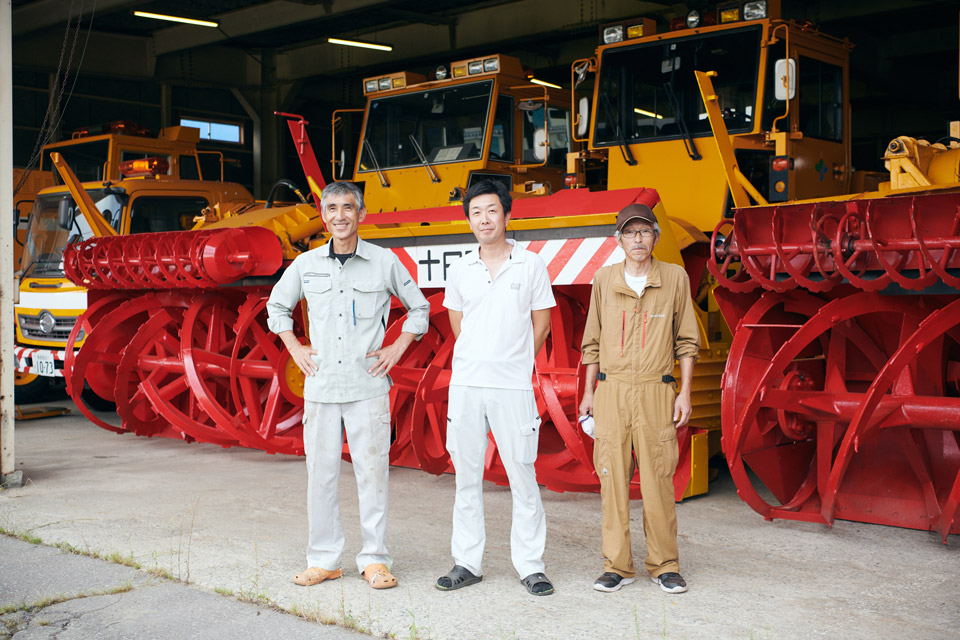
Mierle Laderman Ukeles from Denver in Colorado in the U.S.A, visited Echigo-Tsumari in summer for the first time. Hearing about the heavy snowfall in winter and the struggles that local people experience with clearing snow, she realised that “the rich beauty of summer exists in exchange for such a challenging winter”. She then started to explore how to engage snow-clearing workers with creating her artwork.
Her project was an unprecedented performance, Snowploughs dancing to Shakespeare’s “Romeo and Juliet”. She cast thirteen snowploughs, including tyre dozers with gigantic blades for clearing snow from the street, rotaries for blowing off snow, and graders leveling piled up snow in order, to express the vigor of the people who live in the harsh natural environment.

*1 Comment from Mierle Laderman Ukeles
I asked “people believe you are the heroes in winter” when I met snow-clearing workers and they answered “yes”. I then continued “but people forget about you in summer” and they grinned and said “yes”. I said “why not remind them of your presence this summer”. (when the artwork was created.)
“Snow Workers Ballet 2012” (Photo by Osamu Nakamura)
“Snow Workers Ballet 2012” (Photo by Osamu Nakamura)
“Snow Workers Ballet 2012” (Photo by Osamu Nakamura)
“I suggested to the snow workers eight movements, comprising opening; rolling; “Romeo and Juliet”; spiral; zigzag; compliment to the audience; long diagonal line; and the grand finale. I refused to plan in advance. Despite a potential risk, I was certain that I would succeed by working with snow workers.” (remarks by the artist when the artwork was created.)
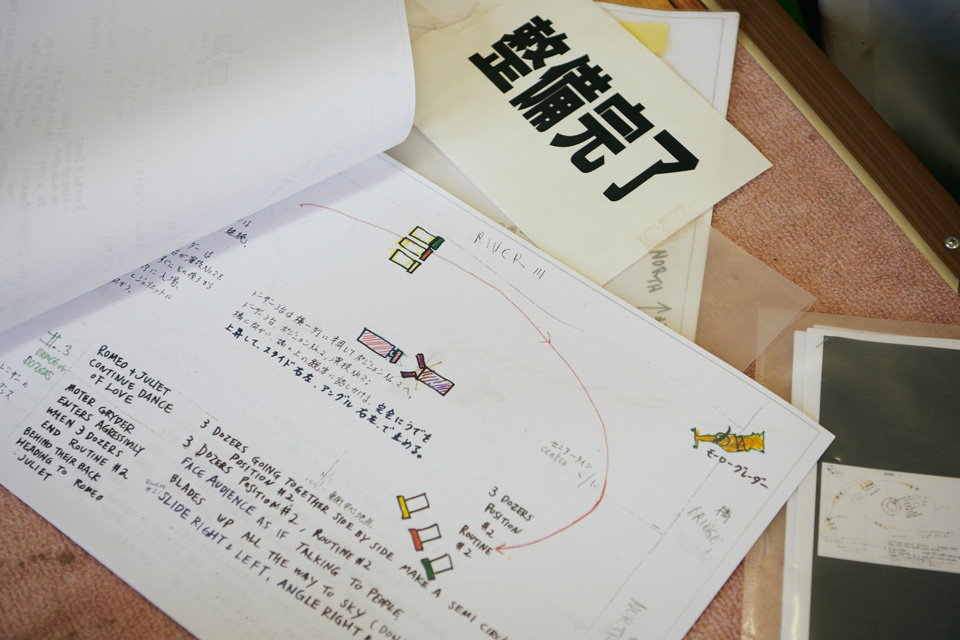
The script with details of formation by snowploughs and their formations for the artist and snow workers.
In the first performance in 2003, the snowploughs delicately expressed the earnest feelings of lovers perfectly with coordinated group dancing. The stage was a riverbank close to the Tsumari-Ohashi bridge over the Shinanogawa River. For the artist, human beings living with nature as well as humans loving each other is a common theme linking people everywhere. The snowploughs were the representation of an existence that overcome challenges and opens up pathways.
“Snow Workers Ballet 2012” (Photo by Osamu Nakamura)
The performance in 2003 was staged once only and became legendary amongst local people as well as visitors to the festival. It was restaged for three days as the “Snow Workers Ballet 2012” in summer in 2012 nine years later, bringing the artist and snow workers together again. In addition to the performance, they had a proud moment as the snowploughs paraded through the city.
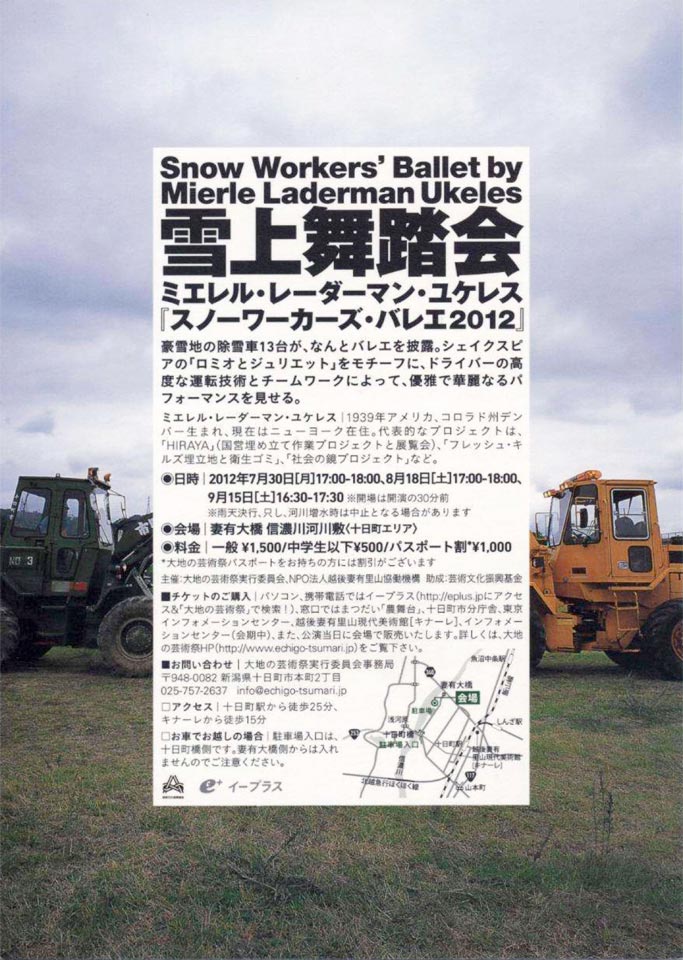
* 2 Restage in 2012
“Snow Workers Ballet 2012” was realised in summer nine years after the first performance in 2003. The artist revisited the region and delivered the performance three times with new arrangements.
Making of “Snow Workers Ballet”. The documentary of the re-stage of the performance after approximately 10 years after the first performance.
Making of “Snow Workers Ballet”. The documentary of the re-stage of the performance after approximately 10 years after the first performance.
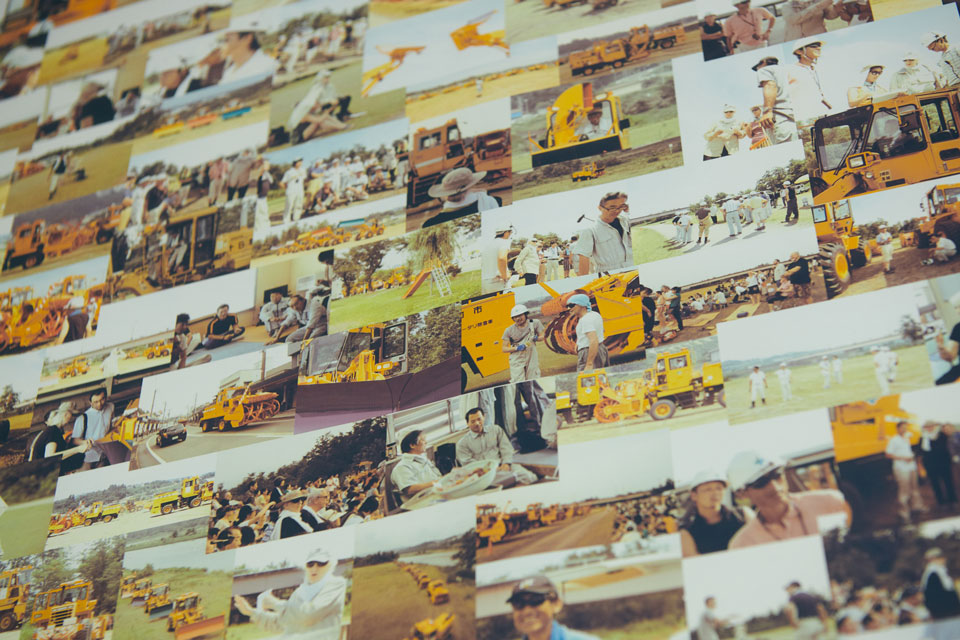
Memories of the artwork on the wall of Tokamachi Snow Clearing Centre.
We thought art was “to look at” but we “performed” instead.
Fukusaki Mitsugu
One of the performing members in the 2003 performance. He participated as a “conductor” in the re-stage of the performance in 2012, giving directions to each snowplough regarding overall movement of the dance performance through radio.
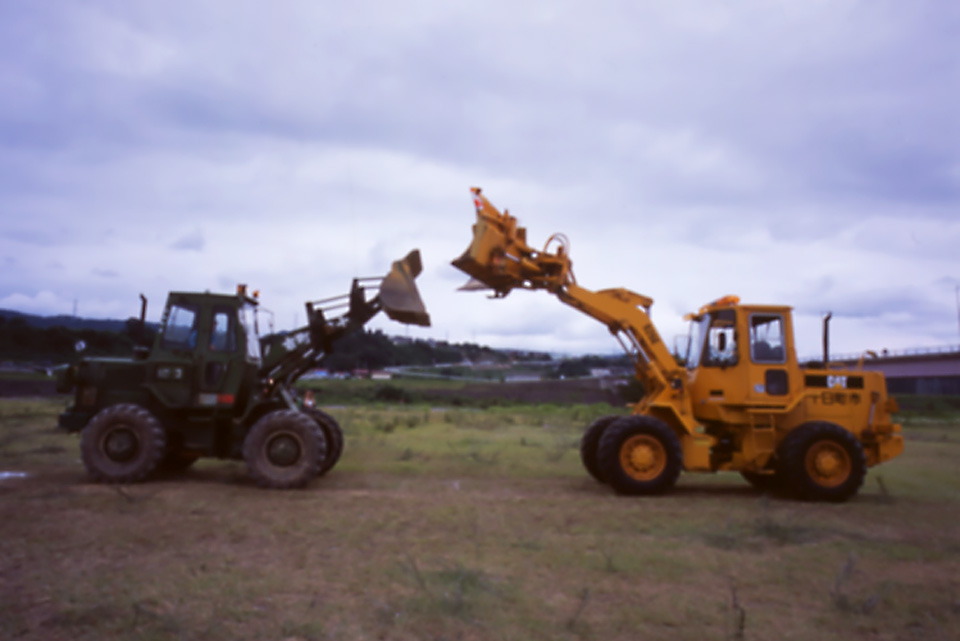
I thought art was “for looking at” and never expected I would be on the creating side. It was unbelievable when I heard that the performance would be restaged in 2012. We ran three performances, attracting approximately 2000 audience in total including visitors from outside of the region as well as grandmothers with grandchildren who love construction equipment. I will be retiring soon but if the performance is ever re-staged again, something new will be presented as snowploughs evolve.
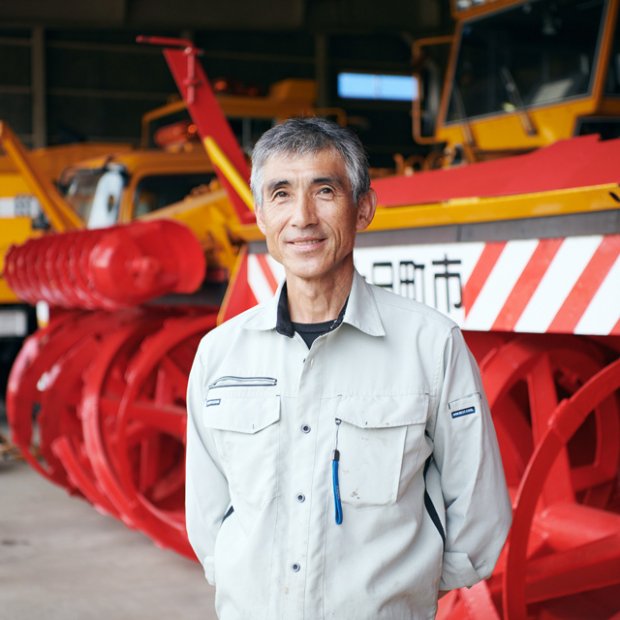
Profile
Fukusaki Mitsugu
One of the performing members in the 2003 performance. He participated as a “conductor” in the re-stage of the performance in 2012, giving directions to each snowplough regarding overall movement of the dance performance through radio.
The artwork celebrating the vigor of humans living under a harsh climate at the peak of summer
Fram Kitagawa “Editor-in-chief” of the web-magazine, art begins from the earth / General Director, Echigo-Tsumari Art Triennale
Winter in Echigo-Tsumari is harsh and the snow stays in some parts of the region for half a year. Snowploughs and snow workers have been one of the things that support life in such communities for generations. The artist managed to turn “snow workers” into a dance company which is a naïve but vigorous concept capable of inspiring a humorous performance.
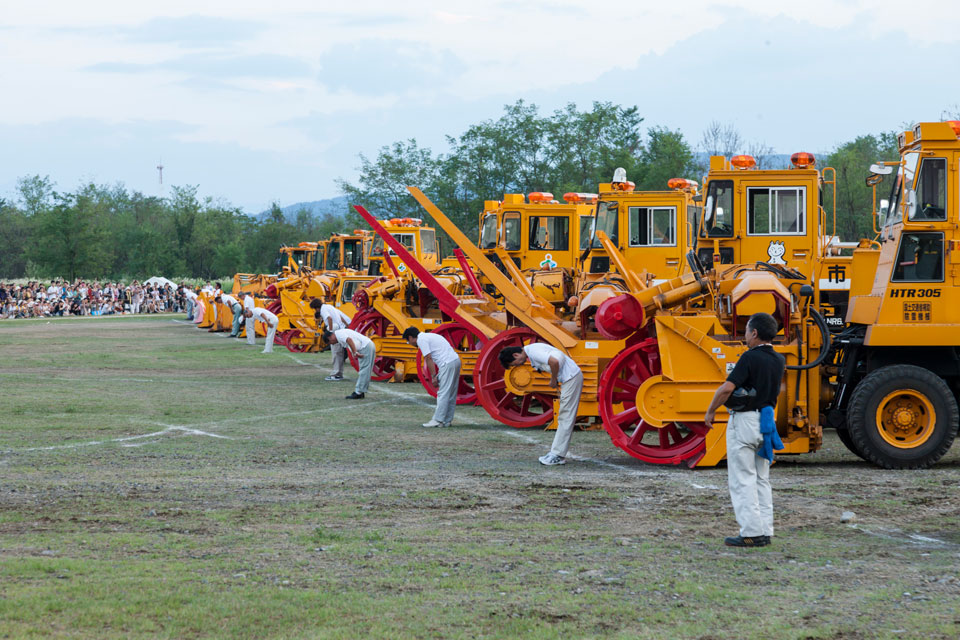
“Snow Workers Ballet” performance in 2012 (Photo by Osamu Nakamura)
After the performance, the audience ran towards the actors – namely snowploughs and their operators. This artwork celebrated the vigor of humans living under the harsh climate and praised snow workers who support the entire region in winter in the middle of summer sunlight. While a temporary work from a material perspective, “Snow Workers Ballet” is an enduring part of the Echigo-Tsumari Art Triennale.

Profile
Fram Kitagawa
“Editor-in-chief” of the web-magazine, art begins from the earth / General Director, Echigo-Tsumari Art Triennale
An art director, born in 1946 in Takada-city, Niigata (current Joetsu-city). He has been engaged with Echigo-Tsumari Art Triennale since its preparation to present as General Director.






